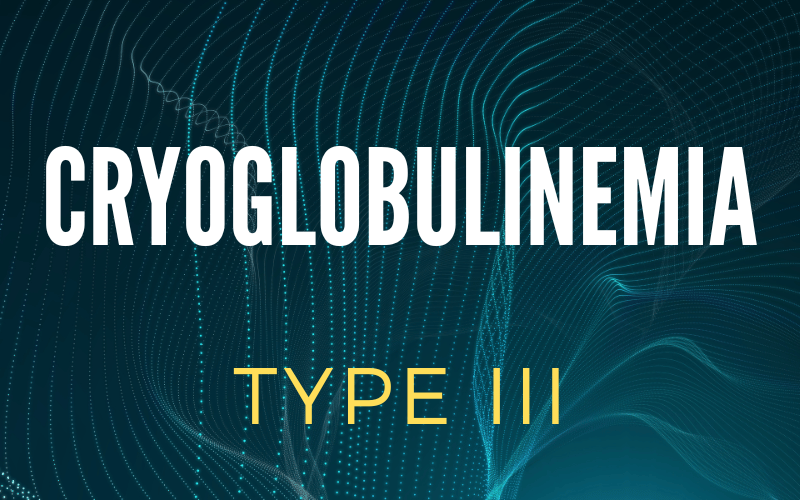Type 3: The Polyclonal Ensemble: Unpacking Type III Cryoglobulinemia

Now, pivoting to Type III Cryoglobulinemia, one encounters another mixed type. However, the defining factor here is the predominance of polyclonal antibodies. This absence of a monoclonal component gives it a unique signature and dictates its progression.
Rooted primarily in chronic inflammatory conditions, its relationship with infections like Hepatitis C is, once again, in the spotlight. But there’s a twist in the tale: Type III, with its polyclonal nature, sometimes sees spontaneous resolution, especially if associated with an acute infection. The body, in some cases, manages to clear the cryoglobulins post the infection’s resolution.
Diving into its symptomatic world, there’s a myriad to explore. While skin and joint manifestations remain consistent with the other types, Type III brings along nerve involvement. Peripheral neuropathy, characterized by numbness, tingling, or even pain, is a hallmark of this type, adding another dimension to its understanding.
From a vascular perspective, Type III, like the others, sees its fair share of complications. The polyclonal antibodies can cause vessel inflammation, but the degree and nature of this inflammation differ from its Type II counterpart. It’s a different ballgame altogether, with the body reacting in varied ways to the circulating cryoglobulins. (3)